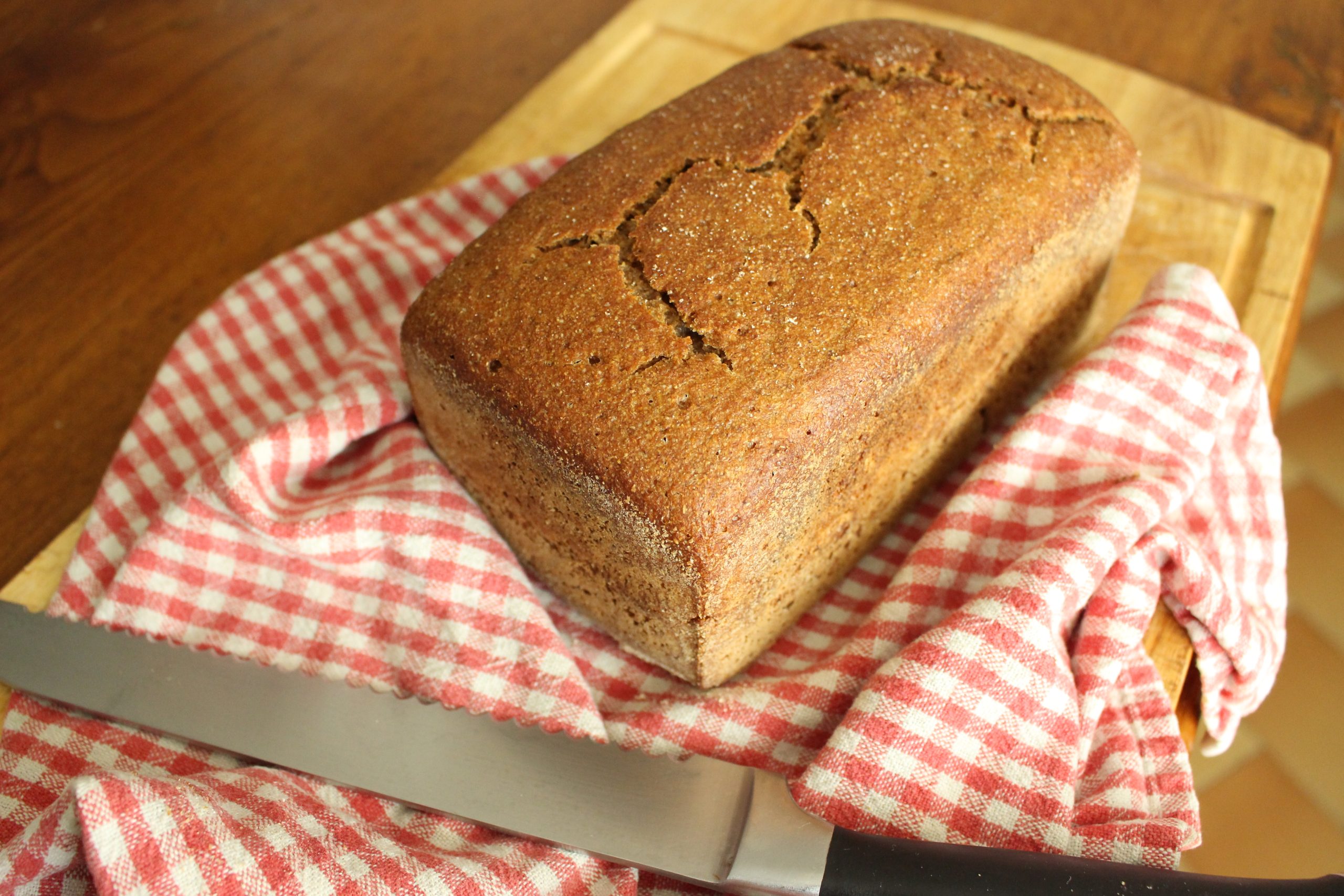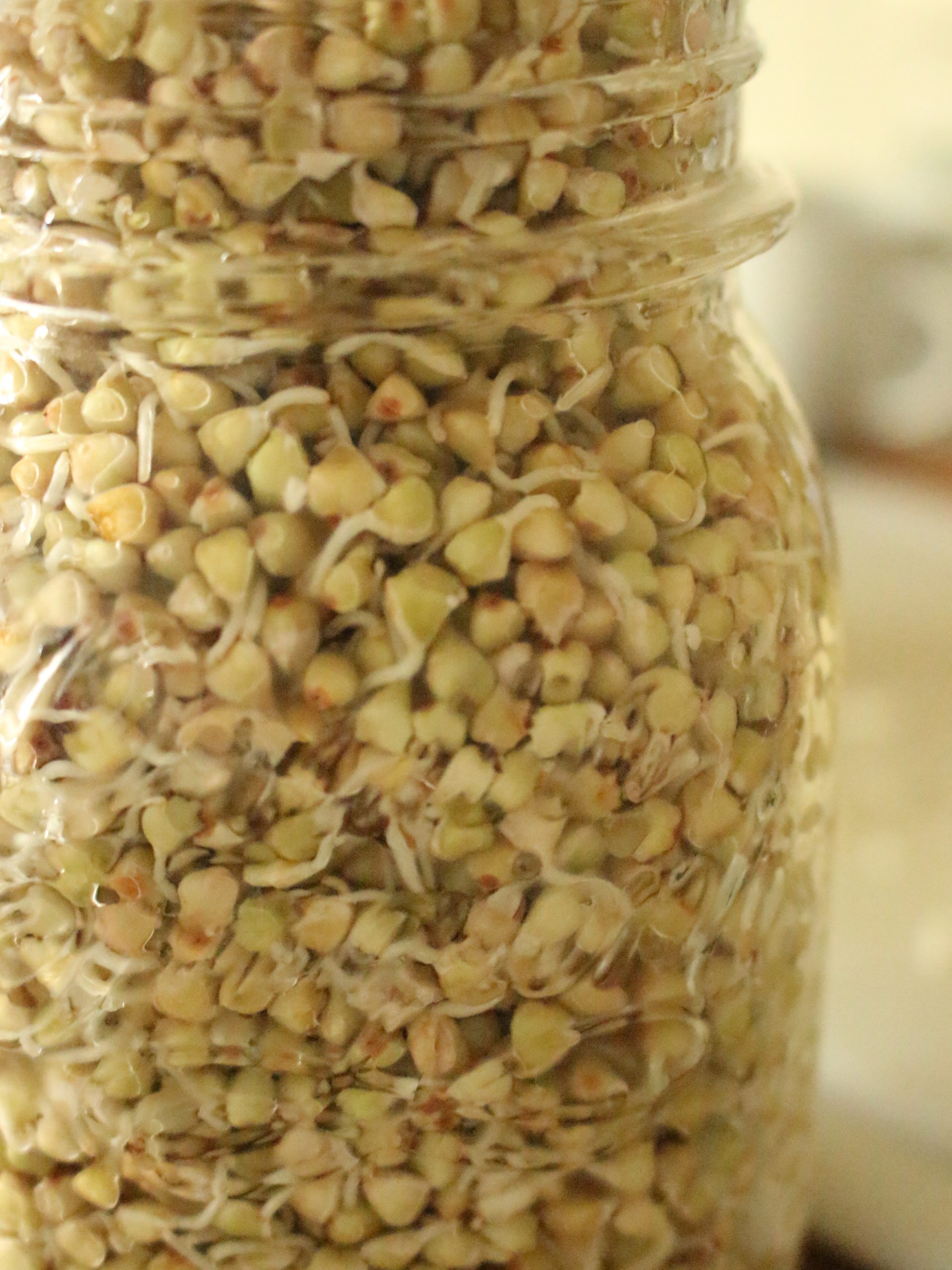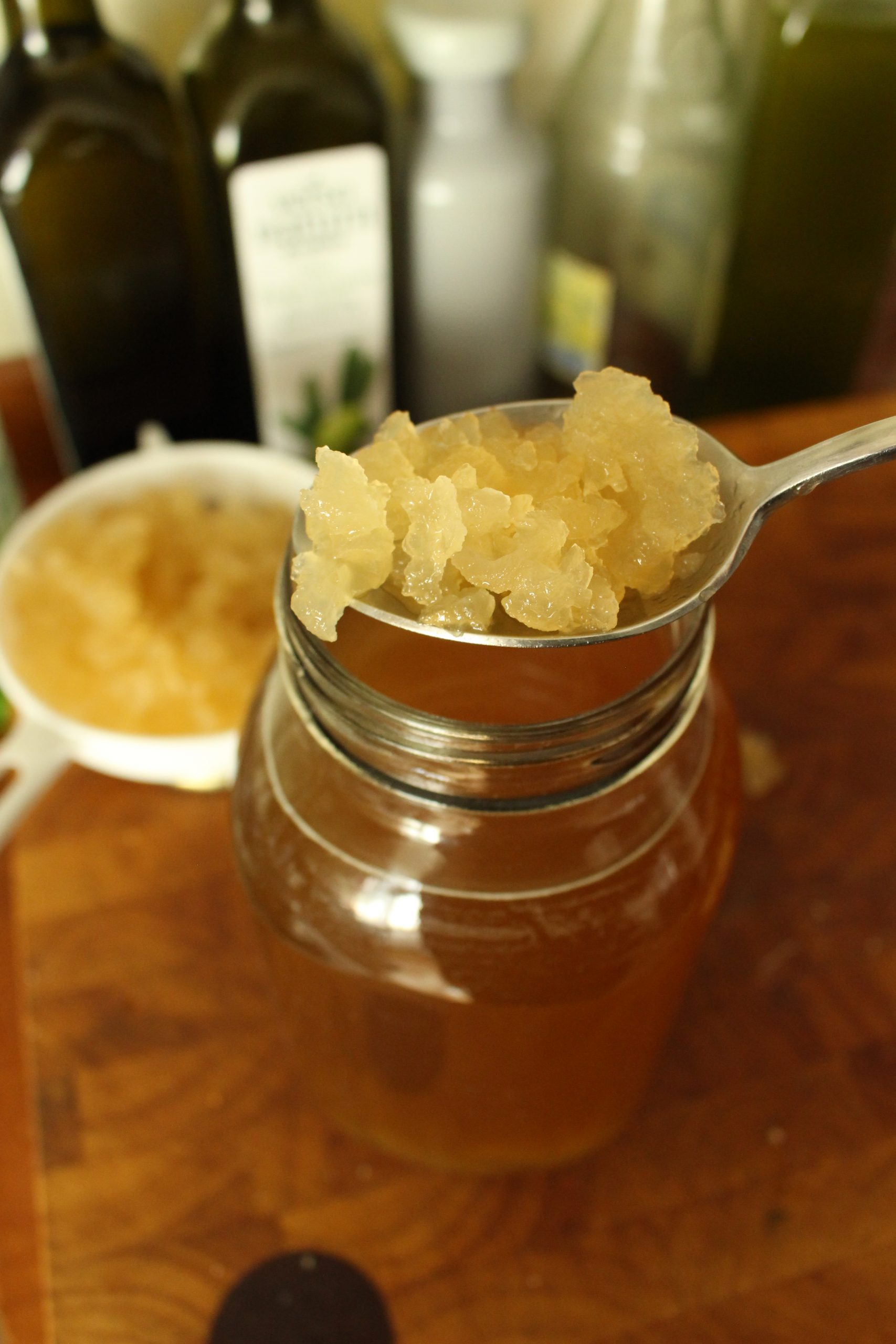4 Reasons To Bake With Rye
Looking around at the loaves you see in the modern mainstream world, you’d think bread is all about wheat, wheat, wheat! But for many centuries our ancestors in Europe baked exclusively with the dark, tasty grain, rye. Rye brings so … Read More







